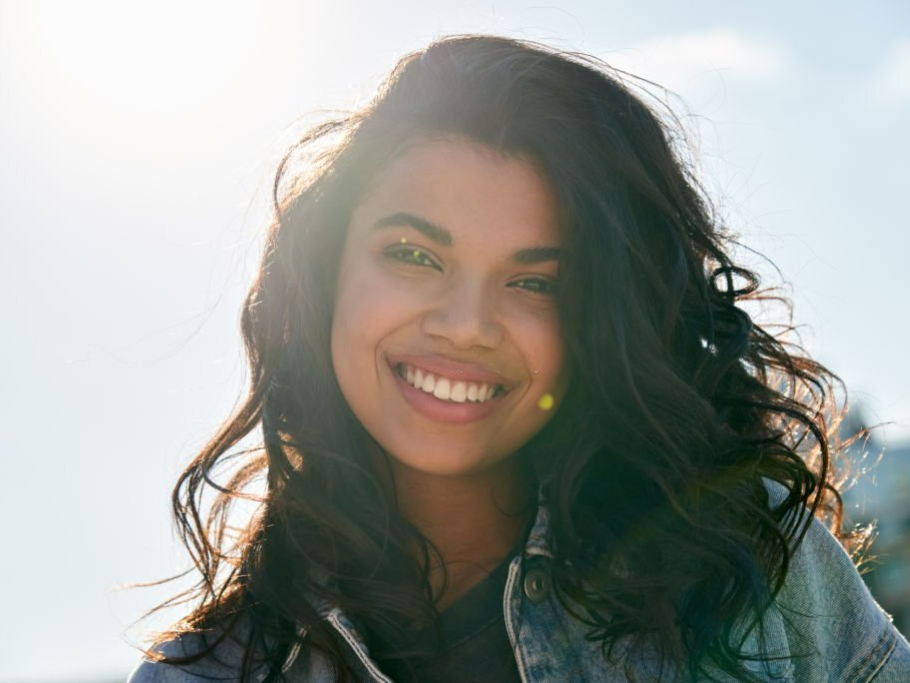Ever wonder why some days your hair won't do what you want it to? Most of the time, these days happen right before something important. There are days when you just want to rip your hair out, fix it, and put it back on. It could be because your scalp is too greasy or the texture is just off. We can't do that, but we can give you another easy tip that works like magic on your hair. Let us tell you about a popular way to wash your hair called "reverse hair washing."
What Is Reverse Hair Washing?
Reverse hair washing is a method that has become popular recently. It involves conditioning your hair first and then washing it with mild shampoo. This way of washing your hair is easier on your hair and often makes your hair healthier by making it grow faster and feel softer. It also gives the hair shine, bounce, and body.
How Does Reverse Hair Washing Work?
Conditioners are an important part of any hair care routine because they nourish and hydrate the hair while also helping seal moisture. Conditioner coats the hair shaft, protecting it from harmful chemicals and pollution. The most important thing that conditioners do is this.
When you condition your hair before you shampoo, the harsh chemicals in the shampoo don't get to your hair. Conditioners coat your hair so that shampoo can't get through. It helps keep the natural oils and moisture in your hair. Also, if you wash off the conditioner with the shampoo, your hair stays light longer. It is because left-over conditioners can make your hair look heavy and greasy.
If you wash your hair in the opposite direction, you can give it a more gentle and nourishing wash. It will make your hair more bouncy and soft after you're done. It keeps hair products from building up, which is especially helpful for hair types that get clogged pores from product buildup. This method also keeps hair from getting damaged and stops split ends from happening. To keep hair from getting too healthy, you could also use hair masks and a technique called "reverse hair washing."
Advantages Of Reverse Hair Washing
- Helps give dull, flat hair a better texture.
- Gives hair better nutrition without making it look flat.
- Helps treat hair fall problems.
- Gives hair more volume, shine, and bounce.
- Lowers the amount of shampoo needed.
- Helps keep hair from getting oily and greasy.
- Stops buildup on the scalp and clogging of pores.
 Advantages Of Reverse Hair Washing
Advantages Of Reverse Hair Washing
Disadvantages Of Reverse Hair Washing
Because you usually have to leave the conditioner on your hair after washing it to help smooth the cuticles and get the full benefits of this method, people with coarser or drier hair may not see the same benefits. Shampoos are usually made with a higher pH balance than conditioners so they can lift the cuticle. On the other hand, conditioners are usually made with a lower pH balance to restore the pH balance.
If you don't want your cuticle to be raised after the conditioning treatment, you could try deep conditioning first, shampooing, and then finish with a milder conditioner. In other words, the middle spot is more of a reverse washing hair. Here, you can learn more about the pH levels of shampoos and conditioners and how these levels affect your hair washing routine when you use reverse washing.
People who like to clean their hair well by using shampoos with sulfate or other strong cleansers may be unable to use this. You might find that your hair needs an extra conditioning step after shampooing to regain its moisture. We suggest trying it out once every couple of washes to find out which solution works best for you.
Method Of Reverse Hair Washing
- Soak your hair all the way.
- Put conditioner through your hair and let it sit for 3–5 minutes. Don't put conditioner or a hair mask on your scalp or roots to keep your hair from getting greasy.
- Rinse your hair with plain water in a gentle way. Avoid scrubbing your hair as you want the conditioner to stay as a coat on your hair for protection.
- If your hair ends are dry and rough, put a lot of conditioner on them and splash water over them instead of washing them out.
- Put a small amount of shampoo in your hair and rub it around.
- Rinse your hair, and repeat shampooing if it is part of your routine.
- Use a conditioner before the final rinse or leave-in conditioner while your hair is still wet.
- After drying your hair with a towel, put a serum on it and let it air dry.
Conclusion
You can boost your hair by reverse hair washing once a week. Remember that if your hair cuticles are damaged, the method might not work immediately. Keep doing what you're doing to let the conditioner do its job and fix your damaged hair. Thank you for reading to the end. We hope you learned everything you wanted to know about reverse washing hair. When someone asks you about reverse hair washing, share this guide with them.

